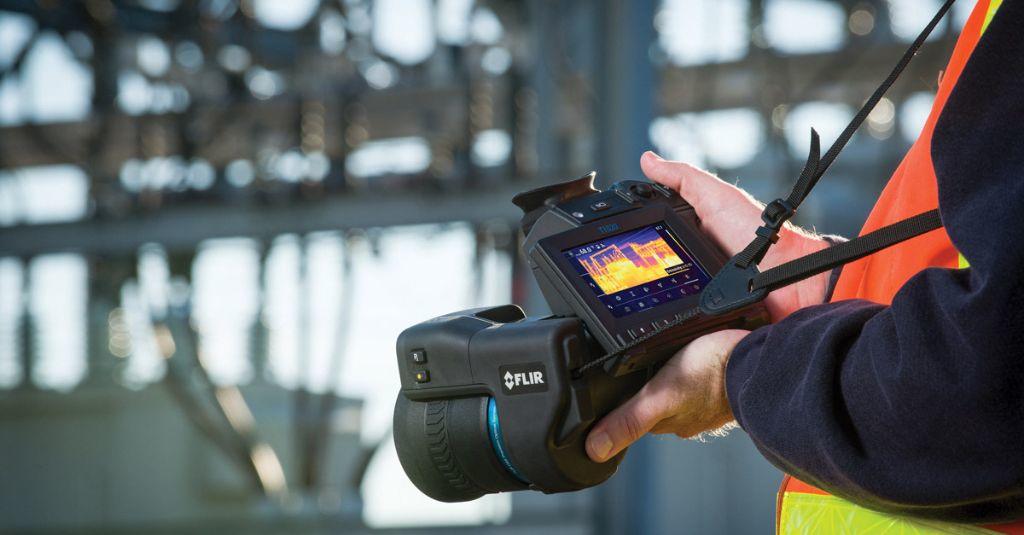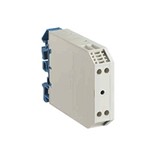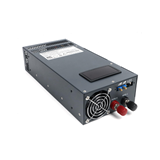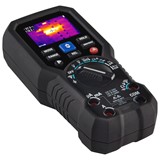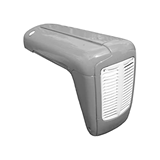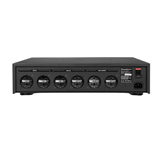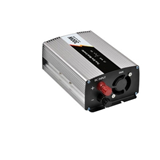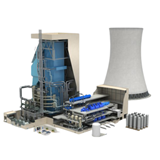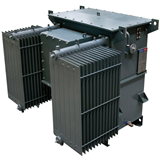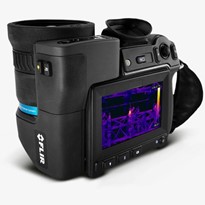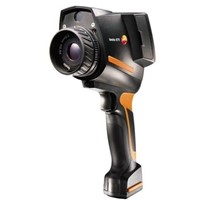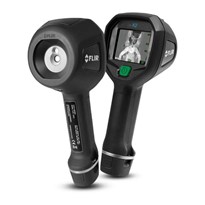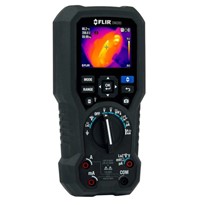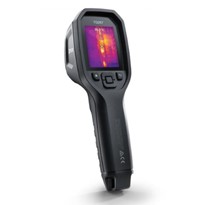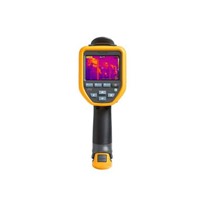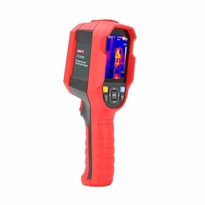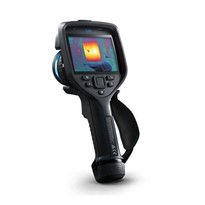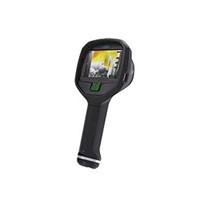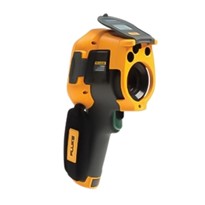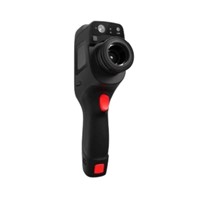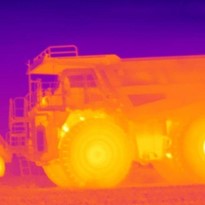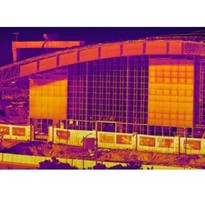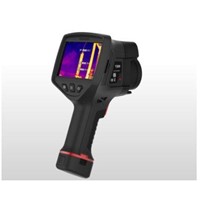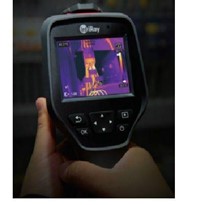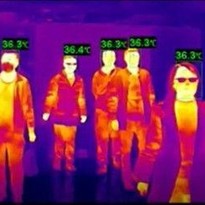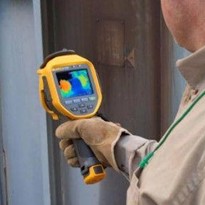As part of a preventive maintenance program, thermal imaging cameras can detect these failures before they occur and keep costs under control.
If a failure in a critical substation occurs, such as an overheated transformer, it can be devastating to the power utility. Sometimes, one failure leads to a widespread outage affecting thousands of customers, and repair or replacement costs can be very high.
Utilities are always looking for ways to improve the reliability of electric power delivery while reducing costs. Through regular temperature monitoring using advanced diagnostic thermal imaging cameras, power utilities can easily inspect and monitor the temperature distribution on the outside surface of each substation component. This helps them catch failures before they occur. Thermal imaging cameras can detect impending equipment failures and security breaches any time – day or night – at a remote monitoring location.
Preventive maintenance programs
Thermal imaging cameras have been part of preventive maintenance programs at utility companies for many years. Especially in high-voltage applications, thermal imaging cameras have been indispensable in detecting imminent failures.
Heat is an important factor in high-voltage installations. When electrical current passes through a resistive element, it generates heat. An increased resistance results in an increase in heat. Over time, the resistance of electrical connections will increase; for example, due to loosening and corrosion. The corresponding rise in temperature can cause components to fail, resulting in unplanned outages and even injuries.
In addition, the energy spent on generating heat causes unnecessary energy losses. If left unchecked, the heat can even rise to the point where connections melt and break down, potentially starting a fire.
Scanning critical components
Examples of failures in high-voltage installations that can be detected with thermal imaging include:
- Oxidation of high-voltage switches
- Overheated connections
- Incorrectly secured connections
- Insulator defects
Typical substation components which thermal signatures are precursors to failure include:
- Power transformers (oil levels and pump operation)
- Load tap changers (oil levels, other internal problems)
- Insulator bushings (oil levels and bad connections)
- Standoff insulators (moisture, contamination, degradation)
- Lightning arrestors (degradation of metal oxide disks)
- Circuit breakers (oil or SF6 leakage)
- Mechanical disconnects (bad connections, contamination)
- Control cabinets (wear and tear on fans, pumps, and other components)
- Batteries
These and other issues can be spotted at an early stage. A thermal imaging camera will help maintenance operators to accurately locate the problem, determine the severity, and establish the time frame in which equipment should be repaired.
Advantages of thermal imaging
Thermal cameras show you what the naked eye can’t see. Hot spots usually indicate overheating parts, which allows maintenance workers to see where they should investigate further.
One of the many advantages of thermal imaging is the ability to perform inspections while electrical systems are under load. Since thermal imaging is a non-contact diagnostic method, a thermographer can quickly scan large areas of equipment from a safe distance, leave the hazardous area, return to his office and analyze the data without ever putting himself at risk.
Due to the fact that FLIR thermal imaging cameras are all handheld and battery-operated for industrial applications, they can also be used for outdoor inspections. High-voltage substations, switchgear, transformers, and outdoor circuit breakers can be inspected quickly and efficiently with a thermal imaging camera from FLIR.
Case study: Maintaining and inspecting bushings with thermal imaging cameras
Challenge
Bushing failures can cost utilities companies millions of dollars in lost revenue from downtime, repairs, and overtime pay for workers. Approximately 90 percent of all bushing failures are caused by moisture entering through leaky gaskets, cracks, or seals. Moisture deteriorates bushing insulation which can cause an explosive failure, damaging the transformer and other equipment, and jeopardizing personnel safety.
Through regular inspections, preventive maintenance workers can detect bushing failures before they occur. Traditional inspection methods, including Micro-ohm tests or power factor measurement, can be labor-intensive and require operators to take the system out of service.
A Solution
Incorporating thermal imaging technology into the preventive maintenance inspection routine allows utility companies to monitor equipment under operating conditions whenever they want.
Temperature abnormalities can be located efficiently using a handheld thermal imager, such as the FLIR T1040 HD thermal camera. This camera offers the sharpest images, the truest temperatures, and the most flexibility. The FLIR T1040 HD is equipped with a unique combination of MSX® (Multi-Spectral Dynamic Imaging), UltraMax® image enhancement technology, and adaptive filtering algorithms, allowing users to record the smoothest, most detailed images.
The Results
Thermal imaging technology allows utility companies to establish a much more reliable electrical infrastructure. It gives them the capability to collect temperature data in real time to help operators maintain a safe, efficient network.
Maintenance operators can inspect the health of bushings from a safe distance outside the fence line to potentially save lives. Using thermal imaging for routine or continuous monitoring could save millions of dollars in overtime pay and expedited replacement costs. With the ability to pinpoint hot spots on bushings before a failure occurs, maintenance operators can avoid unnecessary downtime and schedule maintenance as needed.


